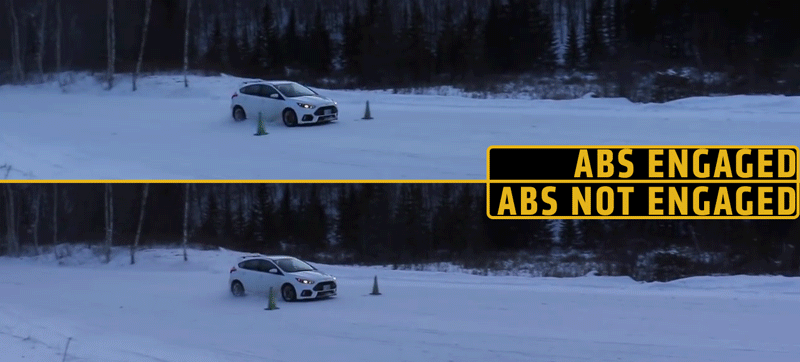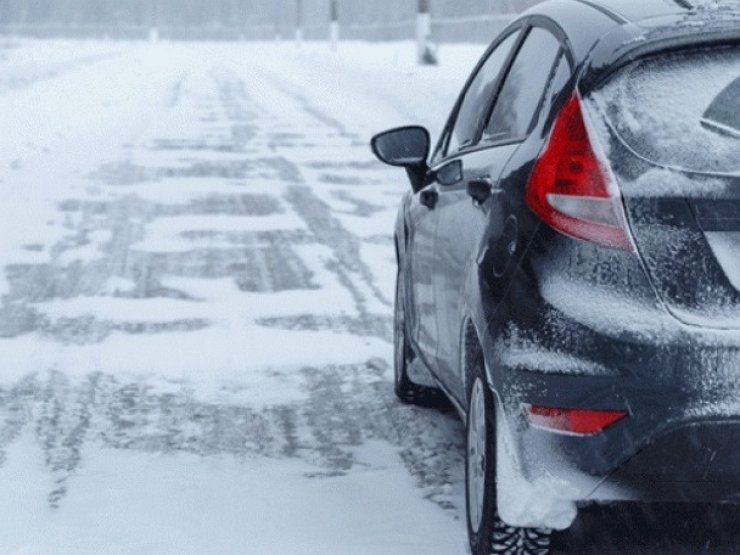
How traction control helps when driving in snow
Content
If you're driving on clean, well-maintained roads, it's perfectly normal to disable the traction control. In addition, disabling traction control can increase fuel economy and slightly reduce tire wear.
Winter is here and conditions such as snow, rain or even jeopardize your safety. During this season, the roads change and tire grip is noticeably reduced. [].
However, there are also things that can help us improve traction, such as changing regular tires to winter tires, or one of the features useful in winter.
Should I activate the snow traction control system?
TCS isn't great in snow, which means that if you get stuck in the snow, using traction control can do more harm than good. If left on, traction control will slow down your car's tires and make it harder to get the car out of the stall.
However, the traction control works better on ice. The ice that forms on roads ranges from coarse, textured ice to a thin layer of ice covering the surface.
This is achieved by using sensors to detect slip or spin of the drive wheels, and if detected, the brakes are automatically applied, and some versions of traction control also adjust the power delivered to the affected wheels. similar to non-driving wheels.
On a low friction surface, such as a wet or icy road, traction control almost always benefits the driver.
When should you turn off the traction control system in winter?
It's best to always keep TCS enabled to the point where it hinders progress. For example, it can be very difficult to climb an icy slope with traction control on. With almost no traction, the traction control system will constantly apply the brakes and reduce power to the drive wheels, but slip will still occur.
In such cases, disabling the traction control system can help increase traction and climb the grade.
:

